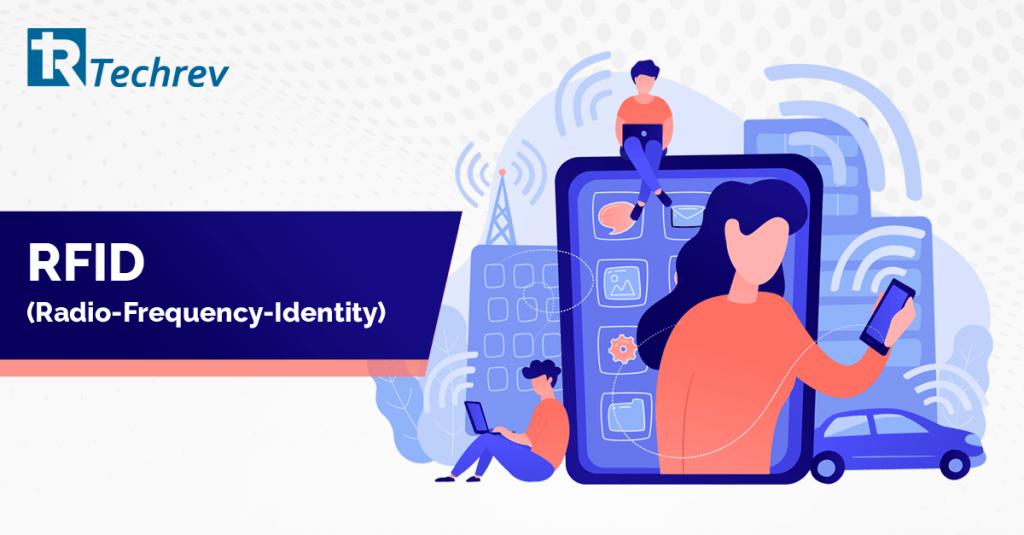
Do you know what RFID is? In this article, we are going to talk about it in detals.
In the retail and logistics industries, barcode labels have been the industry norms for more than 30-years. Other key technologies, especially Radio Frequency Identification has already made substantial progress leaving barcode labeling technology behind. Both are perfect for certain applications, but when it comes to leveraging the advantages, RFID always takes the upper hand over barcode labeling.
What are barcodes:
This type of code labeling comes with a series of parallel bars that represent identification information and an optical device or scanner is used for reading barcode information. The information in a barcode is defined by the width of the bars and the distances of spaces between the bars. Updated barcode technology uses different shapes instead of traditional bars and it can be read by using different devices. Nowadays you can easily read the barcode information using your smartphone’s barcode scanner.
RFID:
RFID uses radio waves between the unique item and system. A standard RFID system comes with an RFID reader, tags and an antenna. The RFID system can be active or passive. Active RFID tags contain a battery. When it comes to transmitting information, active tags do it with a much greater range than passive ones. RFID readers contain an electromagnetic induction that powers the passive tags so they can transmit their unique information.
The key advantages of It:
RFID indeed has advantages over barcodes, but there are also many reasons why barcodes have become a standard in many industries. When it’s about comparing RFID and barcodes, you should consider initial and recurring costs along with the return of investment over time.
Even a few years ago, implementing an RFID system was a costly affair for small and mid-level enterprises, but now with new barcode technology, the cost difference has become minimal in many applications.
With RFID, you could see some key improvements due to these advantages-
It doesn’t require a line of sight:
For a barcode reading, you need to take the scanner in front of each label and orient it in a proper position so the barcode can be read. On the other hand, you don’t need to put the RFID tags in front of the RFID scanner, as this technology uses radio waves for communication purposes. RFID tags just need to be within the range of readers.
Radio Frequency Identity tags are readable and writable:
A barcode can only be read, but you cannot change what has been printed onto the label. These tags can be read and you can modify or rewrite the data on the tag.
Radio Frequency Identity tags are highly durable:
Barcodes are typically printed on paper or other vulnerable surfaces that get easily damaged and could result in the labels becoming unreadable. On the other hand, you can find Radio Frequency Identity tags that are specifically designed to work in a rough environment. As we have already mentioned on the above point, such tags can be updated so you can easily reuse them.
Encrypted data:
The barcode data is always readable and can easily be counterfeited. An RFID system allows you to make your tag information secure with proper encryption. Furthermore, it’s difficult to replicate such tags.
RFID tags can store more data:
Standard barcodes can only represent a limited amount of data, but this kind of ags store data in non-volatile memory and some These tags can even store up to 8 kilobytes of data.
It is a time-saver:
A barcode scanner reads one barcode at a time and it requires a line of sight to be read. The scanners can read hundreds of tags at a time. You can save a significant amount of read-time with such a systrem.
Conclusion:
We at TechRev, a cutting-edge web and app development solution, have worked on several projects where we have leveraged the potential of this technology to automate and streamline our clients’ regular operational processes. If you need more clarity on this technology and how it can save operational time and cost, we are always here to assist you.
